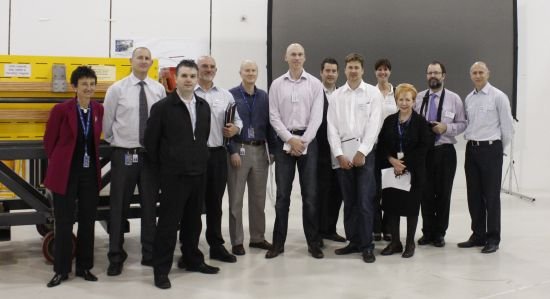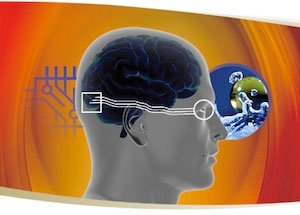The Monash Vision Group is developing, testing and conducting human trials for a direct-to-brain bionic eye with the aim of testing their new device in at least one recipient by 2014. They estimate that up to 80 percent of clinically blind people could benefit from their bionic eye.
By integrating eye tracking with panoramic vision, the Monash Vision direct-to-brain bionic eye will provide a realistic view of surroundings. Eye-tracking sensors inside specially-designed glasses will sense when the eyes turn to the left or right, up or down, and a ‘virtual’ camera will pan to match, enabling eye control of bionic vision.
The Monash Vision consortium brings together engineering, computer scientists and medical researchers from Monash University and the Alfred Hospital in Melbourne, and Victorian companies Grey Innovation and MiniFAB.
Eight members of the Monash Vision team, including industry partners, recently visited the Australian Synchrotron to discuss ways that the team can incorporate synchrotron science into future research. For some in the group, including project leader Professor Arthur Lowery, it was their first visit to the Australian Synchrotron.

Left: Monash Vision team members with Australian Synchrotron staff on their recent visit to the synchrotron.
Monash Vision general manager Jeanette Pritchard was very pleased with the result.
“The combination of a round-table discussion with synchrotron staff in addition to the general tour was very useful,” Dr Pritchard said. “This enabled us to gain a good understanding of the facilities that are applicable specifically for our project. Additionally to understand the mechanisms by which we can access the facilities and associated timeframes was very helpful.”

A follow-up workshop is planned for early 2012 to explore in more detail how the Australian Synchrotron could play a role in this exciting project.
